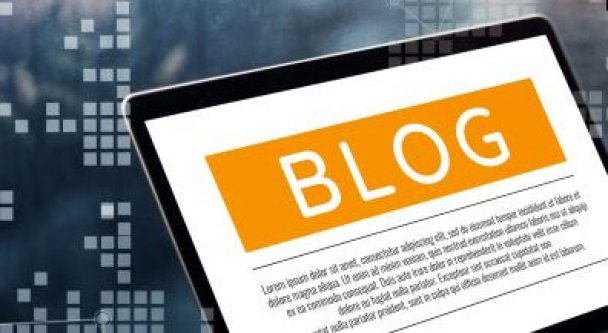By John Bozzella
There are some solid policies and incentives in the Inflation Reduction Act to further develop the electric vehicle supply chain in North America and reduce our dependence on China and non-allied nations for the critical minerals used in batteries.
These are goals we share.
In fact, automakers have already invested more than $100 billion to expand the production of EVs inside the United States and across North America. This includes locating raw material and electric vehicle battery component operations on American soil, particularly across the Midwest and Southeast. It’s a capital and time intensive process that is adding jobs and EV production capacity across the country – today.
While this process is well underway, it’s a massive undertaking that won’t happen overnight (much as we’d all like it to).
The EV tax credit (aka the Clean Vehicle Credit) in the bill is an effective tool to help reduce the upfront cost of an EV for the millions of Americans in the market for a new car or truck. Increasing EV sales in the near term will support the additional investments required to quickly transform the nation’s industrial base.
But… as currently written, the material, component and assembly requirements in the Clean Vehicle Credit will immediately reduce (by a lot) the number of qualifying electric vehicles available to consumers for purchase with the tax credit.
Here’s what I mean: there are 72 EV models currently available for purchase in the United States including battery, plug-in hybrid and fuel cell electric vehicles. Seventy percent of those EVs would immediately become ineligible when the bill passes and none would qualify for the full credit when additional sourcing requirements go into effect. Zero.
Put another way, Americans who would otherwise receive the credit today (say, the family test driving a car this weekend and on the fence about whether to make the switch to an EV) will no longer be able to take advantage of this financial incentive to purchase an EV. The $7500 credit might exist on paper, but no vehicles will qualify for this purchase incentive over the next few years. That’s going to be a major setback to our collective target of 40-50 percent electric vehicle sales by 2030.
Again, we share the goal of increased domestic capacity and supply, but the requirements ought to be an inducement to industrial base change – not unattainable and punitive to consumers.
A more gradual phase in of the battery component, critical mineral and final assembly requirements – that better reflect current geopolitical, sourcing and mineral extraction realities – will preserve the credit for millions of Americans and keep the country focused on building domestic supply chains able to support our electrified transportation future.
While we work to unlock supplies of critical minerals and ramp up battery production at home, we can’t currently meet the demand for these materials on our own. That’s the reality. Partnerships with friends and allies in North America and beyond will be necessary.
One straightforward adjustment to the bill that can help achieve this? Expanding the definition of eligible countries from which batteries, battery components and critical minerals can be sourced to include nations that have collective defense arrangements with the United States, like NATO members, Japan and others. Broadening the list of eligible countries will provide more options to more quickly reduce our reliance on China.
These and other modest revisions to the EV tax credit can meet the needs of today’s consumers, build America’s industrial base and enhance our national security.
John Bozzella is president and CEO of the Alliance for Automotive Innovation.

